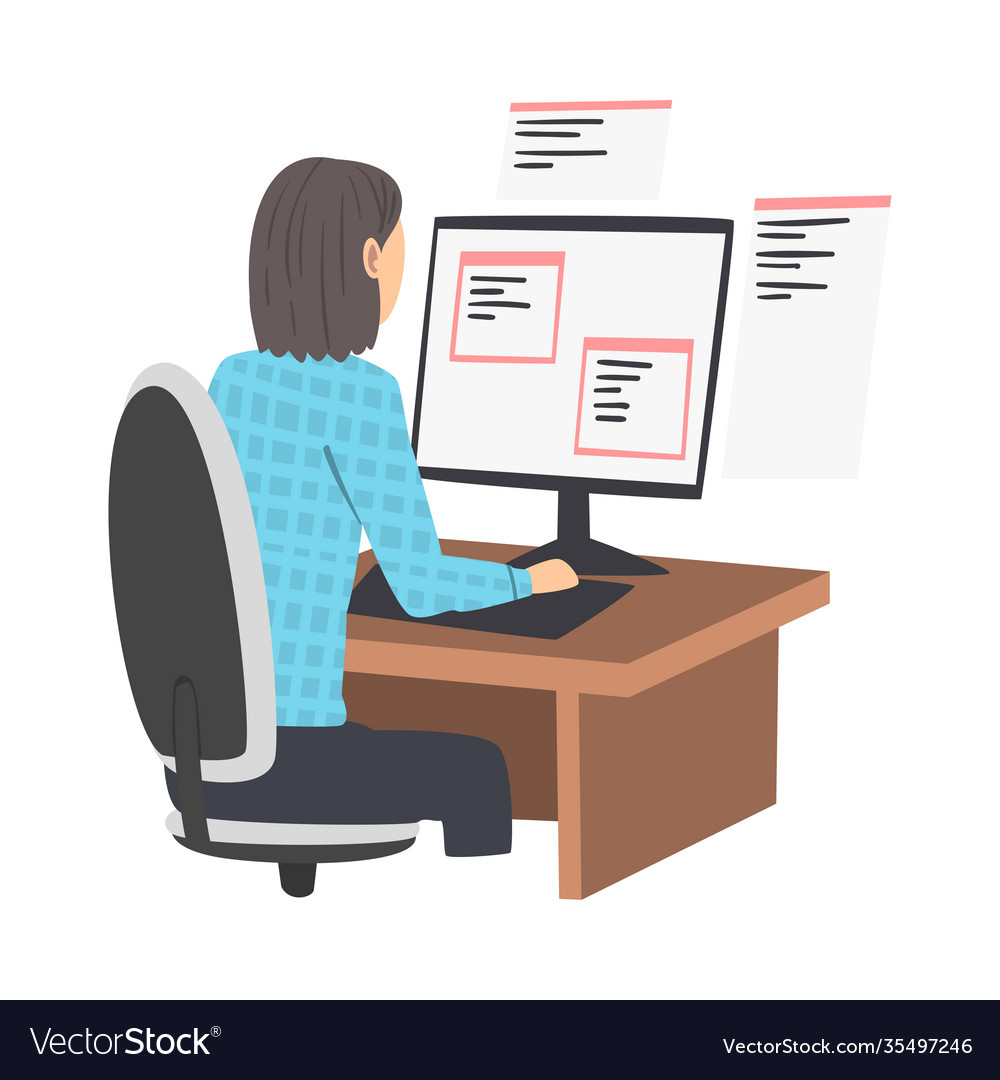Committed Developers vs. In-House Teams: Which Is Right for You?
The choice in between using committed developers and preserving an in-house group is a considerable one that can affect the trajectory of your projects and general business technique. On the other hand, internal teams add to a cohesive business society and a nuanced understanding of long-term objectives.
Comprehending Devoted Programmers
The growing need for specialized abilities in the tech market has resulted in the development of devoted designers as a practical option for lots of organizations. These professionals are normally acquired on a task basis, allowing companies to utilize details expertise without the long-term commitment connected with permanent hires. Committed designers are frequently ingrained within a client's team, offering adaptability and scalability to satisfy job demands.
This model permits organizations to access a worldwide talent pool, which is specifically helpful in a rapidly developing technical landscape. Devoted developers can be sourced from various geographical places, ensuring that companies can discover the right ability set at affordable prices. They usually bring a riches of experience and expertise, having actually worked with varied jobs throughout various sectors.
Furthermore, devoted designers can concentrate exclusively on the jobs at hand, enhancing productivity and efficiency. They are equipped to integrate perfectly right into existing operations, teaming up very closely with in-house teams to achieve job goals. This strategy not only reduces the burden of recruitment and training yet additionally permits organizations to remain active, adapting rapidly to altering market needs and technological innovations.
Advantages of In-House Teams

Additionally, internal teams often tend to have a deeper understanding of the company's mission, values, and objectives. This alignment can boost worker interaction and inspiration, as employee feel much more attached to their work and the organization's success. In addition, having a specialized internal team permits much better positioning of approaches and purposes, as these members are continually concentrated on the business's priorities.
In-house groups also assist in quicker decision-making procedures, as they can react much more quickly to modifications and difficulties. The recognized relationships and familiarity with firm protocols permit streamlined operations and lowered miscommunication. Eventually, the mix of a natural society, alignment with business goals, and efficient interaction makes internal groups a valuable property for lots of organizations, especially those aiming to cultivate lasting development and advancement.
Price Factors To Consider
When evaluating cost factors to consider, both internal groups and devoted programmers present unique financial implications for organizations. Engaging specialized programmers usually entails a pay-per-project or hourly price model, which can be cost-efficient for services with changing project demands. This technique enables flexibility in scaling sources up or down, making certain that companies just pay for the services they require.
In contrast, in-house teams require fixed costs, consisting of salaries, benefits, and overhead This Site costs such as office area and equipment. While this model supplies higher control and immediate schedule of resources, it may bring about higher long-term costs, especially if the workload does not justify a full-time team.
Additionally, business should take into consideration the covert costs connected with employment and training of internal employees, which can additionally stress spending plans. In some instances, the moment and sources invested in handling an in-house group can interfere with the company's core service objectives.

Task Management and Versatility
Task management and flexibility are essential factors that influence the selection in between in-house groups and specialized designers. Dedicated programmers normally use a high degree of adaptability, enabling organizations to range resources up or down based upon job demands. This dexterity can be especially useful for services experiencing varying work or those seeking to introduce rapidly. Committed groups frequently have developed processes for taking care of jobs effectively, leveraging certain approaches like Agile or Scrum, which promote iterative progression and versatility.

Eventually, the option in between in-house groups and specialized developers pivots on the preferred level of adaptability and the particular task administration requirements. Firms should evaluate their functional characteristics, job complexity, and source availability to establish which choice straightens finest with their strategic goals.
Making the Right Choice
Picking the appropriate development approach-- internal groups or committed programmers-- calls for a careful analysis of numerous variables that straighten with a firm's strategic objectives. Alternatively, internal groups can give far better connection and assimilation with existing employees.
Following, review your spending plan. Devoted designers commonly offer a cost-effective solution for temporary tasks, while in-house teams may sustain greater long-lasting expenses due to salaries, advantages, and expenses expenses. Assess the degree of control and cooperation preferred; in-house teams generally promote stronger communication and placement with business culture.
If instant outcomes are necessary, specialized programmers can be onboarded rapidly, whereas developing an internal team takes time for recruitment and training. If continuous growth is vital, spending in an internal team may produce better returns over time.
Conclusion
To conclude, the choice in between internal groups and specialized programmers rests on job demands and business goals. Devoted designers offer versatility and specialized competence, making them appropriate for short-term initiatives. Conversely, in-house groups navigate to this website grow a cohesive culture and deeper placement with lasting objectives. Careful evaluation of budget constraints, task timelines, and preferred control levels is important for determining one of the most ideal technique, guaranteeing alignment with strategic priorities and functional effectiveness. try these out
The decision in between utilizing specialized developers and preserving an internal group is a considerable one that can impact the trajectory of your projects and general company approach.Job monitoring and versatility are critical variables that affect the choice in between internal teams and specialized developers. software engineering staffing.In comparison, in-house teams might succeed in maintaining a constant task management framework due to their knowledge with the company's culture and long-lasting objectives. Committed developers typically offer an affordable option for temporary tasks, while internal teams may incur higher long-lasting costs due to wages, advantages, and expenses prices.In conclusion, the decision between internal groups and committed developers hinges on project requirements and organizational goals